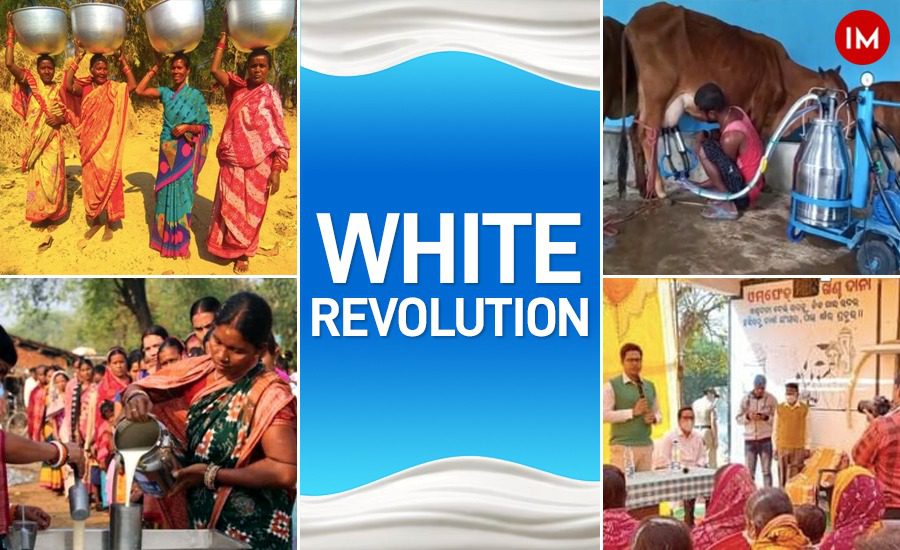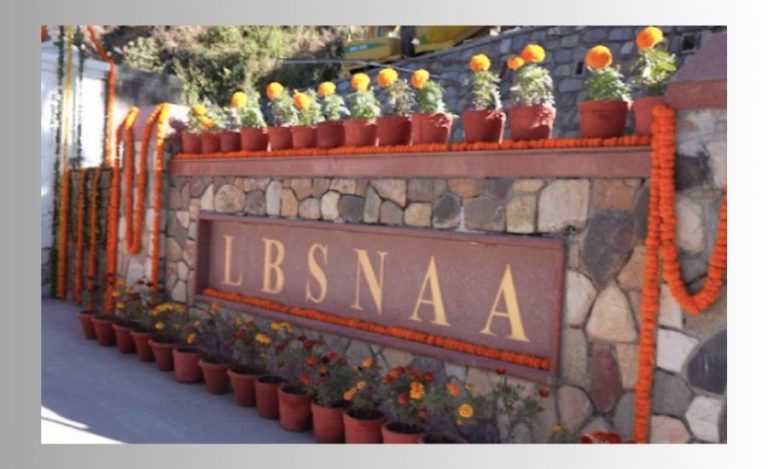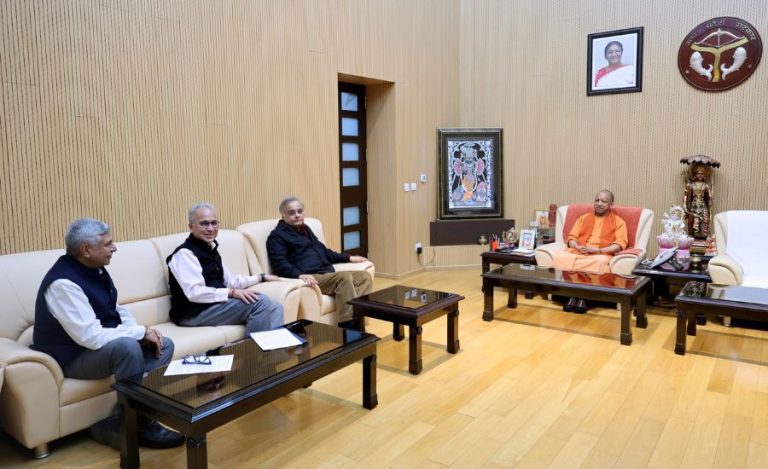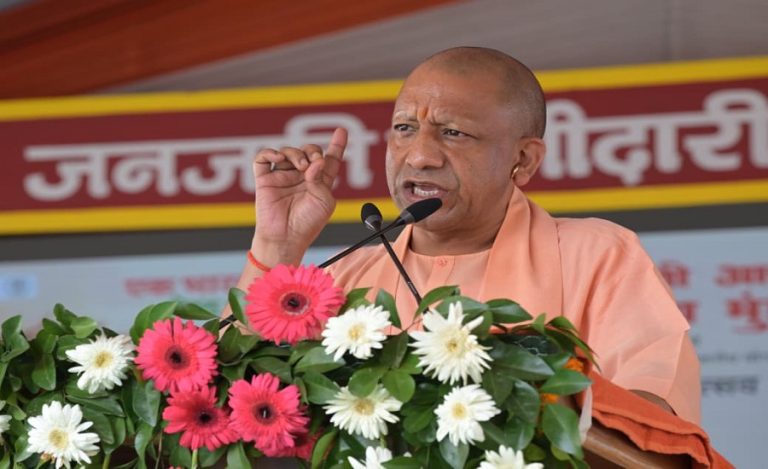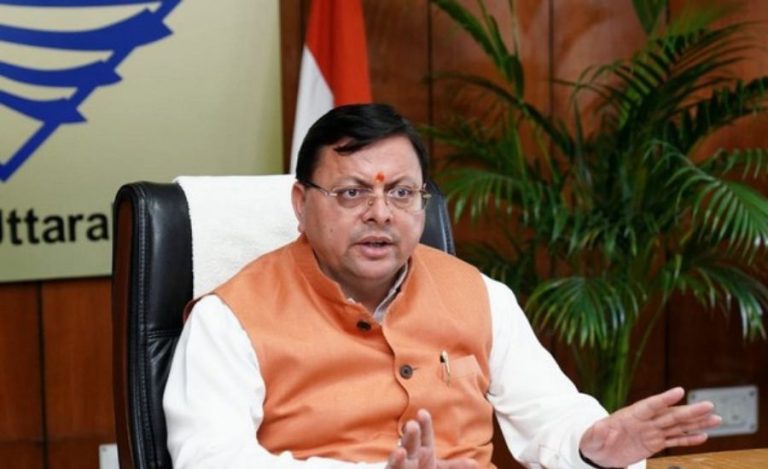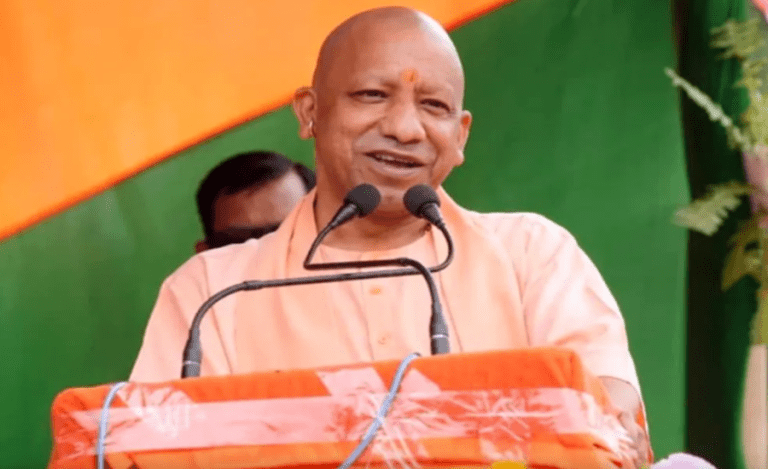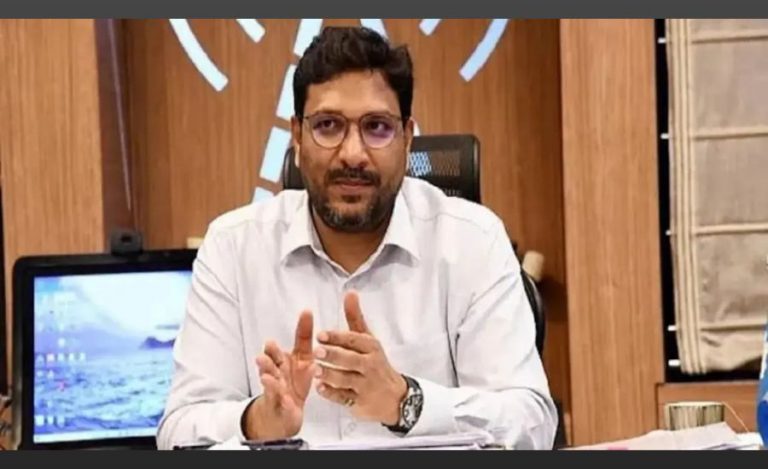Known for its cultural heritage, Balangir in Odisha is now paving the way for another white revolution. The district which used to produce 15 -20 thousand litres of milk per day has now doubled its milk production. With 30-35 thousand litres of milk, it has become the second largest milk producer of Odisha Milk Federation known as OMFED. This is the result of the sincere efforts of the district administration during the peak days of Covid.
Speaking to Indian Masterminds, DC Balangir, Mr. Chanchal Rana, said that it was a multi-faceted programme to boost milk production and provide earning opportunity to migrants, specially the female members. Now, the district has selected milk under the ‘One District One Product’ of central government which has helped in strengthening the downstream sector related to milk, thereby increasing the demand. This was possible because of the introduction of new technology and improvement of the ecosystem for milk production.
INCREASING MILK PRODUCTION
During the first lockdown in 2020, migrant workers returned back to their home state. The state and central governments pushed for various schemes like MGNREGA to generate employment opportunity for them. Since, milk producing was allowed that time, the DC of Balangir and his team decided to focus on strengthening the milk union.
Balangir is part of BKN (Balangir- Kalahandi- Nuapada) regional milk production union and DC Balangir is administrator of this BKN union. It was seen as an opportunity for women empowerment too, as many women are actively involved in milk production which includes the care-taking of the cattle.
So, it started with adding 40-50 Milk Production Co-operative Society (MPCS), specially in the migration prone zone, increasing the total number of MPSC to 258. Each society has around 20-50 milk pouring members. In the existing society, the number of pouring members were increased taking the total to 16 thousand dairy farmers. “Some of these societies were solely managed by women. This white revolution played a key role in stopping the migration of many female members of the family,” said the Collector.
AUTOMATIC MILK TESTING
Many of these societies were in the remote areas. It was a challenge to collect the milk and take it to dairy without spoiling it. So new milk routes were introduced and more than 10 cooling chambers were established on major junctions. The coolers were bought with the profit of the union that was lying unused for the last 10-15 years. The officer said, “We introduced autos to bring the milk to chambers and then tankers would take the milk to dairy. This increased the reach and the production.”
To ensure the quality of milk, Automated Milk Collection System was introduced in each society. This provided computerized checking of milk quality and an instant receipt. It was more fast and transparent than lactometer. Based on the quality of milk, the bills were generated and the dairy farmers would get payment directly to their bank accounts within 10 days. Also, insurance was provided to the auto and tanker drivers.
CATTLE & FODDER
A competition was started among the societies and based on their profits, they were given interest-free loan for one year to buy cattle. The society paid the loan in installments. DCS members were provided with balanced and nutritious concentrated feed from OMFED Cattle Feed Plant for their cattle, at a reasonable price.
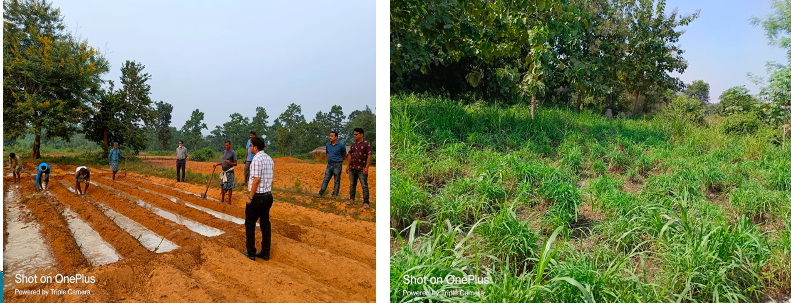
Besides this, Gochar land for the livestock in the rural areas was developed under MGNREGS to make the best use of land resources for fodder cultivation. With the help of the District Administration, 2 MPCS villages, Bakti and Jamuna, have been developed and is managed by the society. Work in other four MPSC villages, namely Dhandamunda, Bandhanghor, Bijgahat and Kuthurla, is under progress.
Dugdha Chasinka Pain Dina Tie
The administration is also focusing on raising awareness regarding good Dairy Animal Management and one day is dedicated to milk producers as ‘Dugdha Chasinka Pain Dina Tie’ (A Day Dedicated to Milk Producers). One day in a week, a team of milk union staff move to one Milk Production Co-operative Society and stay there the whole day and attend the morning /evening collection, conduct animal health camp, verify records, interact with the farmers, and so on.
In 2022-23, 53 such awareness programmes were conducted in Balangir, and this year, the plan is to conduct 100 such programmes.
MOBILE VET SERVICE
The administration has been providing mobile and tele veterinary services to milk farmers. This service is available to farmers from Monday to Friday from 5 pm to 7 pm through the toll free no 01141132828. Every day, 2-3 vets are called to listen and solve the issues of the farmers. Till now, more than 3500 calls have been received. Dairy farmers can also connect to the vet through video calls from the computers available in the societies.
Some new technologies have also been introduced to increase the milk production. Artificial insemination is being used for genetic upgradation of the cows. Sex selective sorted semen is also used to ensure the increase of the number of cows.
AAMAR OMFED
After the selection of milk under ODOP, the administration introduced the benefits of PM Formalisation of Micro Food Processing Enterprises Scheme and Mukhyamantri Udyami Yojna. Several paneer and sweet making units were started. To enhance milk marketing, the administration initiated establishment of exclusive OMFED Milk Parlour in PPP. mode in the name of ‘AAMAR OMFED’. It started with one parlour and the number has reached four now. Mr. Rana said, “The design is provided by us and the leading milk distributor of OMFED was given the opportunity to start this.”

The officer added that dairy farmers trust the efforts of the administration and that is why, milk procurement reach upto 70 thousand litres per day in the flush season, which is much higher than the milk consumption in Balangir district. The surplus milk is send to Rourkela and Sambalpur for selling.

